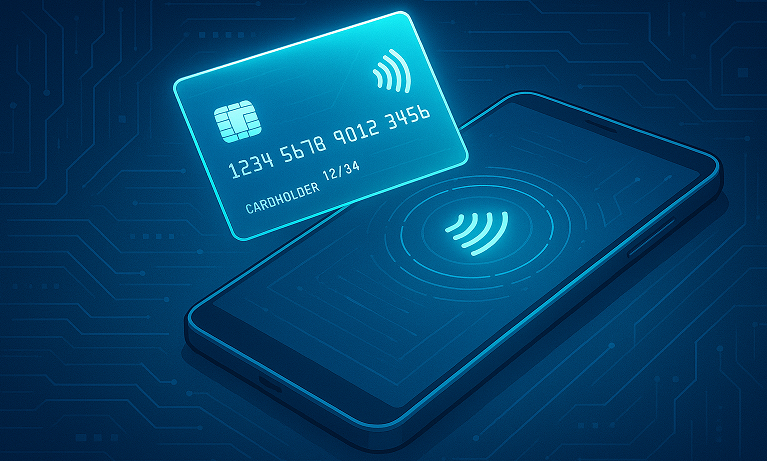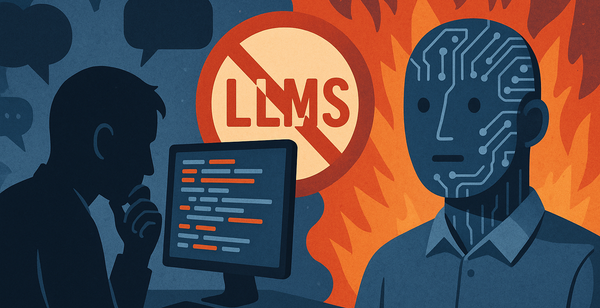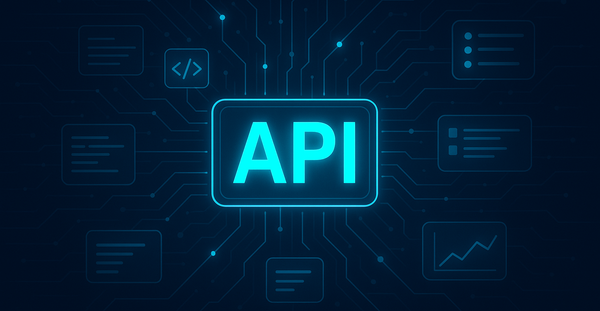Payments: looking forward
Shooting fish in a barrel

As financial services evolve in this new AI-powered era of innovation, payments will, as always, continue to be among the most innovative areas. Moving money is really just moving information, and computers are very good at doing that, at scale and cheaply.
A lot has changed since we built a real-time payments network at Prism (now BillGo). Instant payments are finally becoming mainstream after decades of promises, stablecoins are creating entirely new rails, and LLM-powered agents are creating vast new requirements for fully- or semi-automated payments. Adding to the disruption, changes to open banking are going to create new challenges and opportunities for founders.
There is enormous opportunity in each of these sectors, and the next generation of founders has a cornucopia of options from which to choose as they ideate. As a typical venture capitalist (i.e. a frustrated former-founder), I have thoughts on where all of this is headed over the coming decade. Predictions can often be embarrassing when they’re wrong, but here we go—my best attempt to get it right and give founders some perspective on the challenges and opportunities ahead.
I – Instant Payments
More than anything else, instant payments have been held back by fraud and security considerations—not technology. Consider that boring old ACH clears multiple times daily; the reason it takes two business days to settle has more to do with antifraud measures and chargeback protection than technical limitations. Fednow has been growing, processing $250 billion worth of payments in Q2, but it remains utterly dwarfed by ACH ($23 trillion) and Fedwire ($280 trillion).[1] It is a very niche product and likely will remain that way, because it is not solving the underlying problem.
If you want to solve speed in payments, get to work on security and fraud. These are related but different things. Security is about ensuring that the owner of the account is the one making the decision, while fraud also encompasses the problems that emerge from customers’ making bad decisions.
The story of Zelle is instructive. Initially, the banks were very clear that Zelle was cash. If you handed a con artist $500 cash for a “Gucci” jacket from his trunk on 47th & Lexington, you couldn’t later go back to the bank and ask for a refund because you got scammed. Zelle was supposed to function in the same way. That lasted about as long as a US Senate hearing, and banks are now potentially on the hook for billions of dollars.
So far, the approach to fraud has been to just ignore it and pass the entire cost on to merchants and consumers (credit cards) or tell consumers that they’re on their own while probably covering some of the most egregious abuses because it makes people angry (Zelle and most P2P). This is, to put it kindly, not ideal. It is expensive (in the case of credit) and infuriatingly unpredictable (in the case of most P2P options). It’s a great opportunity for innovation.
II – Stablecoins
Initially somewhat unloved as the “impure” variant of truly decentralized, apolitical crypto, stablecoins have emerged as a serious new way to create modern payments systems. I will admit to having gotten this one wrong; its potential impact is much larger than I initially imagined. However, as exciting as the opportunities are in the space, fraud and security are still massively unsolved problems. If stablecoins end up being viewed in the same way as traditional crypto by most normal people (i.e. as a vector mostly for ransomware payments and scams), it will end up realizing a tiny fraction of its potential.
My prediction is that Stablecoin payments will compete most effectively against products like Fedwire and SWIFT. For the foreseeable future, I expect most stablecoin implementations to remain too technically complex and abstract for run-of-the-mill consumers,[2] but for larger-scale transactions, they will be competitive. Again, though, we come back to security and fraud.
My friend Tom Brown recently derided wires as “push and pray.” It’s an accurate description! If you do screw up a wire or get tricked into sending one you shouldn’t have, there’s very little recourse. No consumer protections here; if the money is gone, it’s gone. There is enormous opportunity to improve these kinds of business-to-business payments, and stablecoins are probably the most appealing framework upon which to build.
III - Agentic payments
Unsurprisingly, this area is getting an enormous amount of attention given the potential of LLM-based agents to begin acting on behalf of capital owners. There are two paths for payment providers here: using existing rails or creating new ones. I suspect that whichever path wins will be more a result of policy than technology.
To the extent that there are, say, NACHA members who are supportive of enabling agentic payments, the winning platform probably will use existing rails and get to market faster. If incumbents decide that the risk is too high, then innovators will need to develop new systems (probably using stablecoins).
If you’re innovating in this space, my advice is to figure out whatever path gets you to market the fastest and then ensure that you have backup plans (and backup, backup plans) once you have some capital. This segment is moving so quickly that it is easy to fall behind by getting mired in architectural details but also easy to find oneself cornered by an unexpected partner (or regulatory) policy change.
IV – The decline of open banking
A significant retrenchment in federal regulations coupled with the belief that, in the world of AI, data has immense value will result in far more barriers to consumer banking data. JPMorgan famously announced plans to charge for API access, and if and when they clear away the litigatory brush, others will follow.[3] Founders who need access to these kinds of data will need to go it alone. Because doing so is eminently doable, I am not worried about this trend at a structural level, but it will certainly add friction and development work (and their cousin, defensibility) for founders.
To the extent that your business needs these kinds of data, be prepared to expend development resources to extract it; it will not be as simple as calling a generic API.[4] That said, the upside will be that you are the master of your own fate and not reliant on a bank or third-party middleman that could kill your business with the flip of a switch.
V – Conclusion
I have not seen a time where there are more opportunities in payments than today. Back when we started Prism, my cofounder and I spent a fair amount of time debating which area we felt was most ripe for innovation. We landed on bill payments at the time, which was still stuck in the Checkfree/Paymentus backwaters. Today, it’s shooting fish in a barrel: almost every part of the payment stack is either under attack or otherwise poised for disruption.
It is an exciting time. Start a company, and give us a call.
https://www.nacha.org/content/ach-network-volume-and-value-statistics; https://www.frbservices.org/resources/financial-services/wires/volume-value-stats/monthly-stats.html; https://explore.fednow.org/explore-the-city?id=3&building=news-center&postId=88&postTitle=surges-in-fednow-service-transaction-volume-and-value-show-growing-demand-for-instant-payments ↩︎
Consider that it is nearly impossible just to get consumers to switch credit cards let alone to entire new payment systems. ↩︎
Think of them like the first bank to charge checked bag fees. ↩︎
Although it never really was easy. Ask any founder: the quality of these data feeds is very poor. ↩︎




